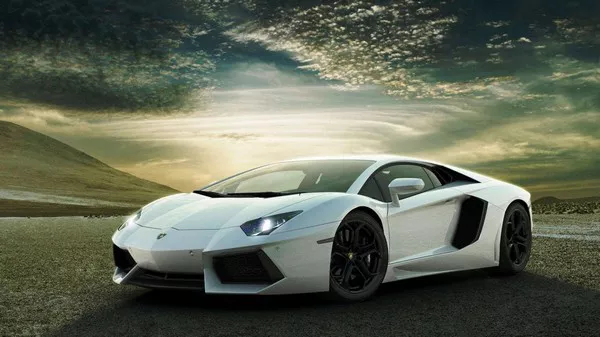Despite boasting an impressive 717 horsepower from its twin-turbo 4.4-liter V-8 hybrid powertrain, the 2025 BMW M5’s hefty 5390-pound curb weight is the real talking point. This marks a staggering 1153-pound increase compared to the previous-generation M5 Competition. Thanks to a revealing Top Gear interview with Frank van Meel, the head of BMW’s M division, the primary source of this significant weight gain has been identified.
The main culprit is the M5’s 14.8-kWh lithium-ion battery, which powers a 194-hp electric motor integrated into the eight-speed automatic transmission. Van Meel disclosed that this battery alone adds a substantial 882 pounds to the vehicle. Nevertheless, van Meel defended the decision to adopt a plug-in hybrid system.
“For us, it makes sense to ‘go the whole way’ and get the full advantage [of electrification] rather than accept setbacks,” he stated. Van Meel explained that a conventional hybrid system would still add between 330 and 440 pounds, while a plug-in hybrid system enhances performance significantly.
“Yes, it is possible to have a [temporary] boost function. But a plug-in hybrid provides continuous electric power output and energy,” he elaborated. “This offers more than just a boost function. It’s a bigger step [in performance] because we have 69 kilometers of electric range and 200 more horsepower. That’s more convincing.” The M5 can operate in all-electric mode for approximately 25 miles, making it suitable for zero-emissions zones increasingly found in major cities.
While the added weight is a performance concern, van Meel pointed out that BMW strategically placed the weight to mitigate its impact on handling. “In motor racing, ballast is added to the floor of the car [to even up] balance of performance,” he explained. “That’s where we added our ‘ballast’–the battery is in the floor with a lower center of gravity [than the previous M5].”
BMW did consider making the M5 fully electric, but current battery technology was deemed insufficient for the performance and range expected by their customers. Top Gear also inquired about the possibility of downsizing the engine, referencing the Mercedes-AMG C63’s shift from a V-8 to a four-cylinder engine.
“You would be crazy to have a four-cylinder,” van Meel asserted. “Then [the choice is] a six-cylinder: which gives a very long front end. And we need a big gearbox to cope with [737 pound-feet]. So the V-8 is the best solution, because it is an emotional engine, but also compact.”
While the V-8’s roar remains captivating, the M5’s weight gain has drawn significant criticism, raising questions about its handling prowess. We eagerly anticipate testing the latest M5 to assess how the additional weight influences its agility.
Related Topics:





























